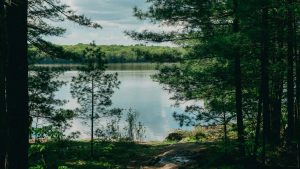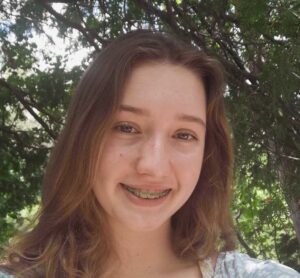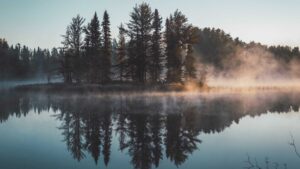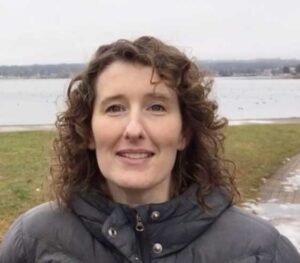
The Summer Blog: Toby, Week 2
This week, there has been a lot of tension between less-than-ideal solutions that may be more practical in the short term, and ideal solutions that might allow things to worsen in the present moment. Ever since I was young, I have believed there is always another option that was missing from these limited conversations.








